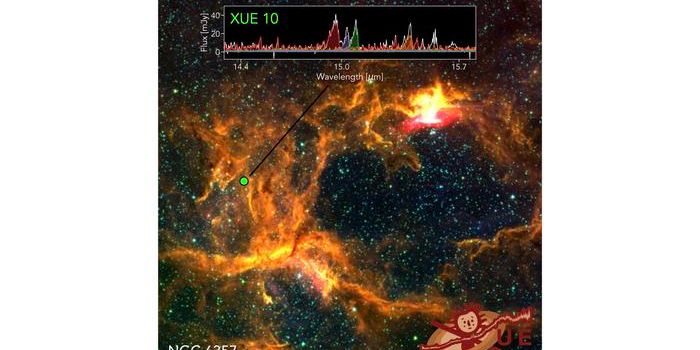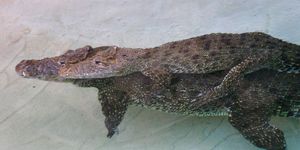Plants & Animals
Crocodiles Play, Too, Study Says-Why Do Animals Have Fun?
I received my college education in Computer Science attending several colleges including the University of Oregon. For 40 years I worked for Fortune 500 company, Beckman Coulter, eventually becoming Vice President in charge of Beckman Coulter's global IT infrastructure and leading the Information Technology organization. After retiring from Beckman Coulter I joined Scientist Solutions in 2006 as CIO. During the two years with Scientist Solutions, I was responsible for a face-lift of the web site and for taking the underlying infrastructure to a new level providing structure, discipline and a world-class operation.<br>
Since 2008, as partner and COO of LabRoots, I have helped to develop the company into a very prominent social networking site for all sciences. Also as a director, we have produced virtual conferences and webinars for Life Science, Clinical Diagnostics, Laboratory Animal Sciences, along with many custom events.









